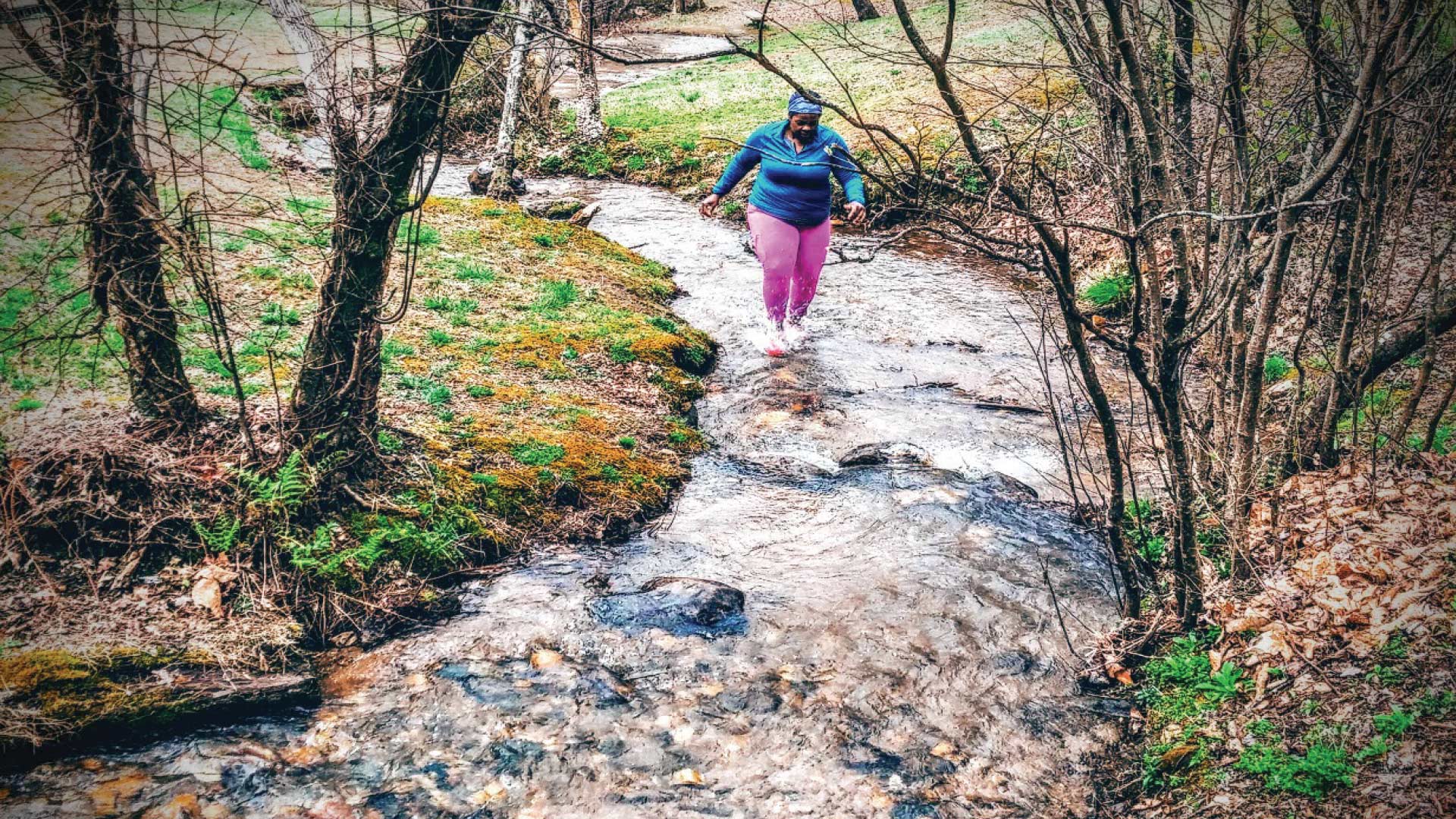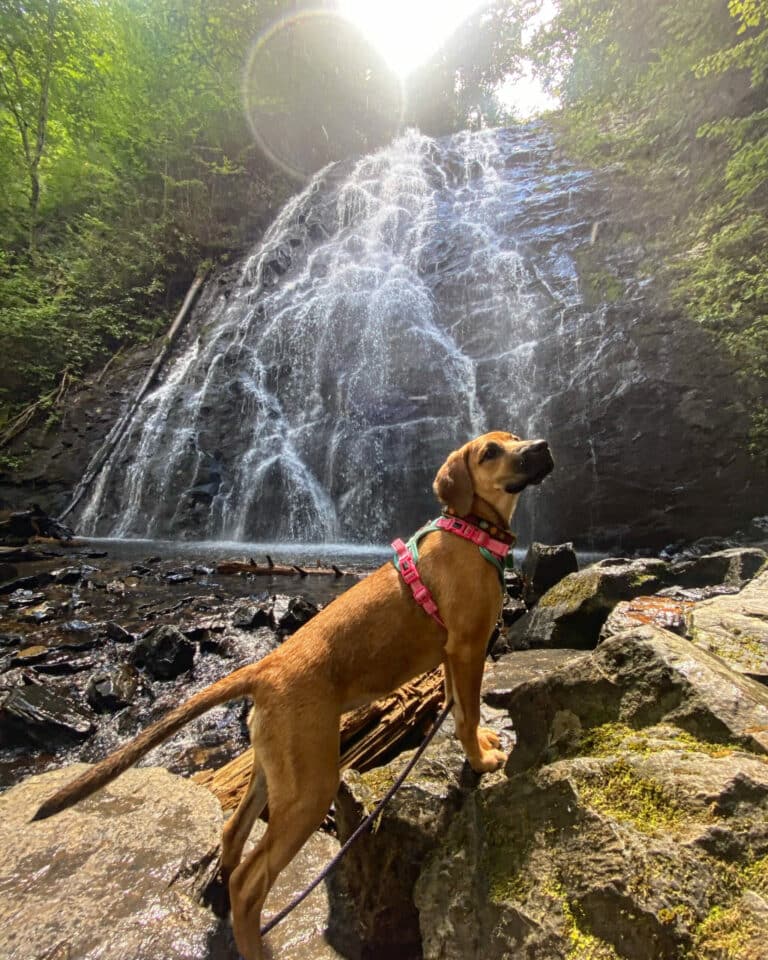We need to do more than talk about diversity.
The word diversity GETS USED A LOT THESE DAYS, especially in the outdoor community. You may have seen the latest media campaigns focused on diversity, equity, and inclusion. Actually, I’m sure you’ve seen them—diversity is sexy, trendy, and the IN thing in the outdoors.
If you don’t have a person of color represented at the forefront of your ad campaigns, social media feeds, and magazine covers, then you’re doing it wrong, it seems.
So what’s the big deal? Why is everyone jumping on this diversity bandwagon, at this particular time in history? Is it a trendy fad? Will it dry up like a raisin in the sun, or will it remain a priority for the outdoor community?
My hope is that it will challenge those who maintain their innocence around issues of discrimination, microaggressive behavior, and implicit bias to acknowledge their indifference to others’ lived experiences and perspectives.
Many an outdoor company has taken on this work full throttle, engaging “ambassadors” and “influencers” in diversity-flavored events that may or may not include panel discussions, keynote speakers, and “activations”—showing up in places where diversity happens.
But is this enough? Is this representation of non-white, non-male, non-cisgender, non-thin, differently-abled folks enough to dismantle the deeply entrenched, systemic notions of who belongs/who doesn’t belong out in nature?
No.
Diversity, equity, and inclusion in the outdoor community requires much more. To be clear, representation is a priority, obviously, because when you see folks who share some characteristics with you (whether cultural or not), you are better able to see yourself doing the same. When you view someone similar to you in a magazine or on the interwebz engaging in outdoor activities that you previously thought were reserved for a different type of person, you begin to believe that you can also do these things.
I am human, and part of the natural world. We all are. And we all deserve the opportunity to exist in the outdoors and to experience nature as we wish.
Sometimes this concept is difficult to understand for those who’ve always been able to see ourselves plastered throughout all forms of media. But I encourage all to keep an open mind, and to see this work not as divisive, but as work that strives to forge deep, meaningful relationships between marginalized communities and the outdoor industry.
But deeper and more pointed work is necessary in order to make lasting change in the outdoor industry. In my experience, both as a diversity educator and trail runner, I’ve come to some conclusions about what is needed in an outdoor company, or any organization, really:
Required research, education, and training at all levels in a company on key social justice issues and how they inform and reflect the lived experiences of non-dominant cultures. The entire company should be on board, not only because it’s the right thing to do, but it’s the only way to progress along with well, the rest of the world.
A deep look into company culture as it pertains to diversity. Are folks happy? Do they feel silenced? Are they truly encouraged to be part of every aspect of the organization?
Acknowledgment that different people actually have different lived experiences and worldviews, and that these affect the way we interact with each other, what activities we choose to engage in, and what we prioritize in our lives.
A real, informed commitment and strategic plan to ensure that all communities are included and represented consistently within the company, in marketing and advertising, and the presence of those communities in key creative and decision-making roles.
A willingness to own and fix mistakes (such as culturally insensitive marketing and business practices) and a concurrent commitment to calling out others in the industry who continue to engage in habits that continue to push folks to the margin.
It’s possible to be a more welcoming industry, not in a kum-ba-ya way, but in a real, educated, more sophisticated approach.
When I moved to the North Georgia Mountains, I knew that despite my skin color, I would find a home in the trail running community of the Southern Appalachians. I knew this because I felt a certain entitlement to exist in the outdoors as my authentic self, as my black self, as my woman self, as my fat self, as my cisgender self, as my educator self.
I knew that the trail did not care who I was. Neither did the rocks beneath my feet, the low-hanging branches that would occasionally snatch my trucker cap, the roots hidden beneath damp fall leaves that made me look like a baby deer learning to walk, and the slippery stones at the bottoms of clear and cold rivers.
I am human, and part of the natural world. We all are. And we all deserve the opportunity to exist in the outdoors and to experience nature as we wish.
No matter what I looked like, where I was from, or what level of experience I’ve had walking and running through the dark and curvy corners of the natural world, I knew that I belonged.
It’s on each one of us to ensure that all people feel that same sense of belonging when they venture into the outdoors.
Mirna Valerio is a 2018 National Geographic Adventurer, ultrarunner, educator, and author of A Beautiful Work in Progress.








